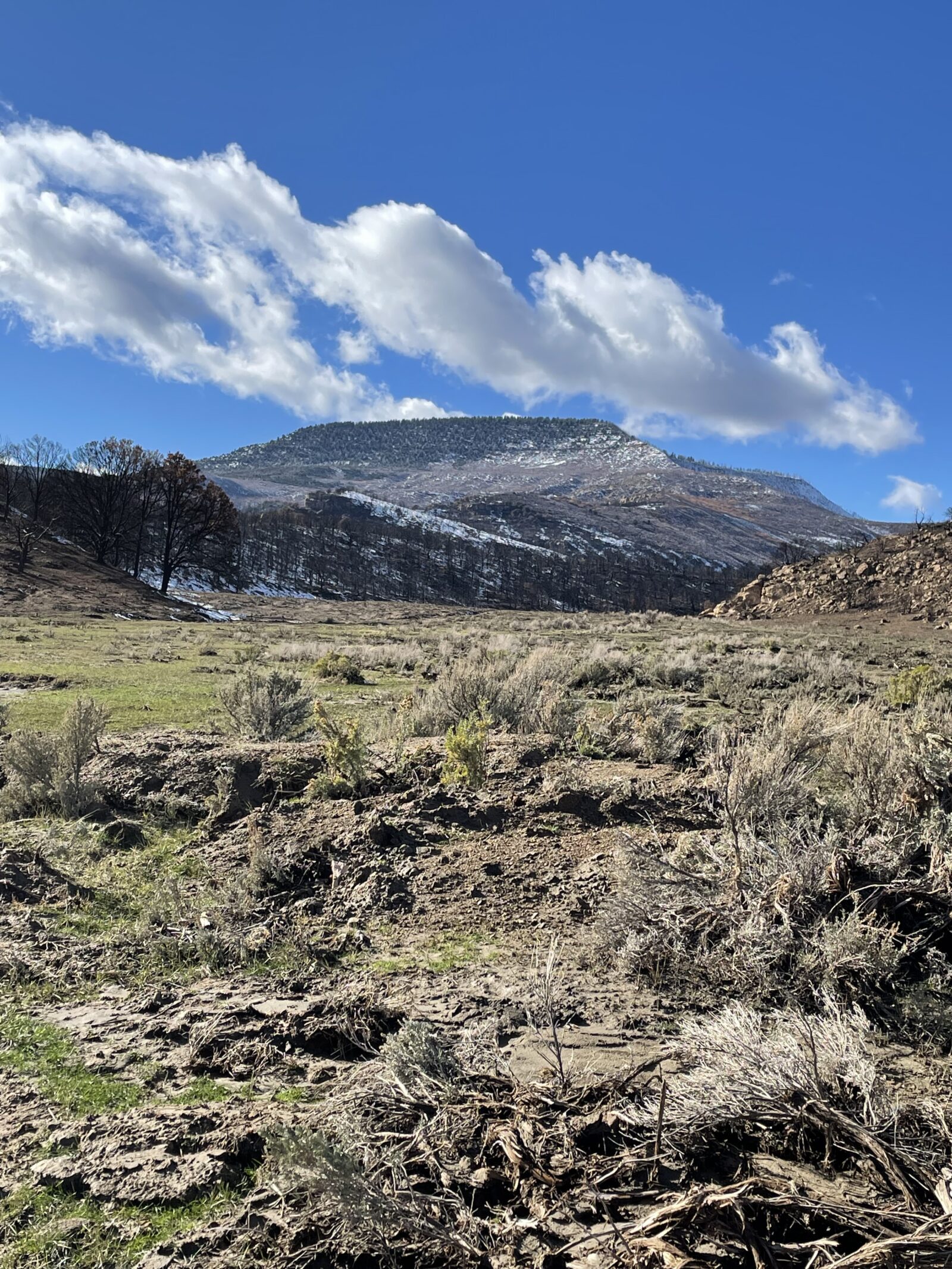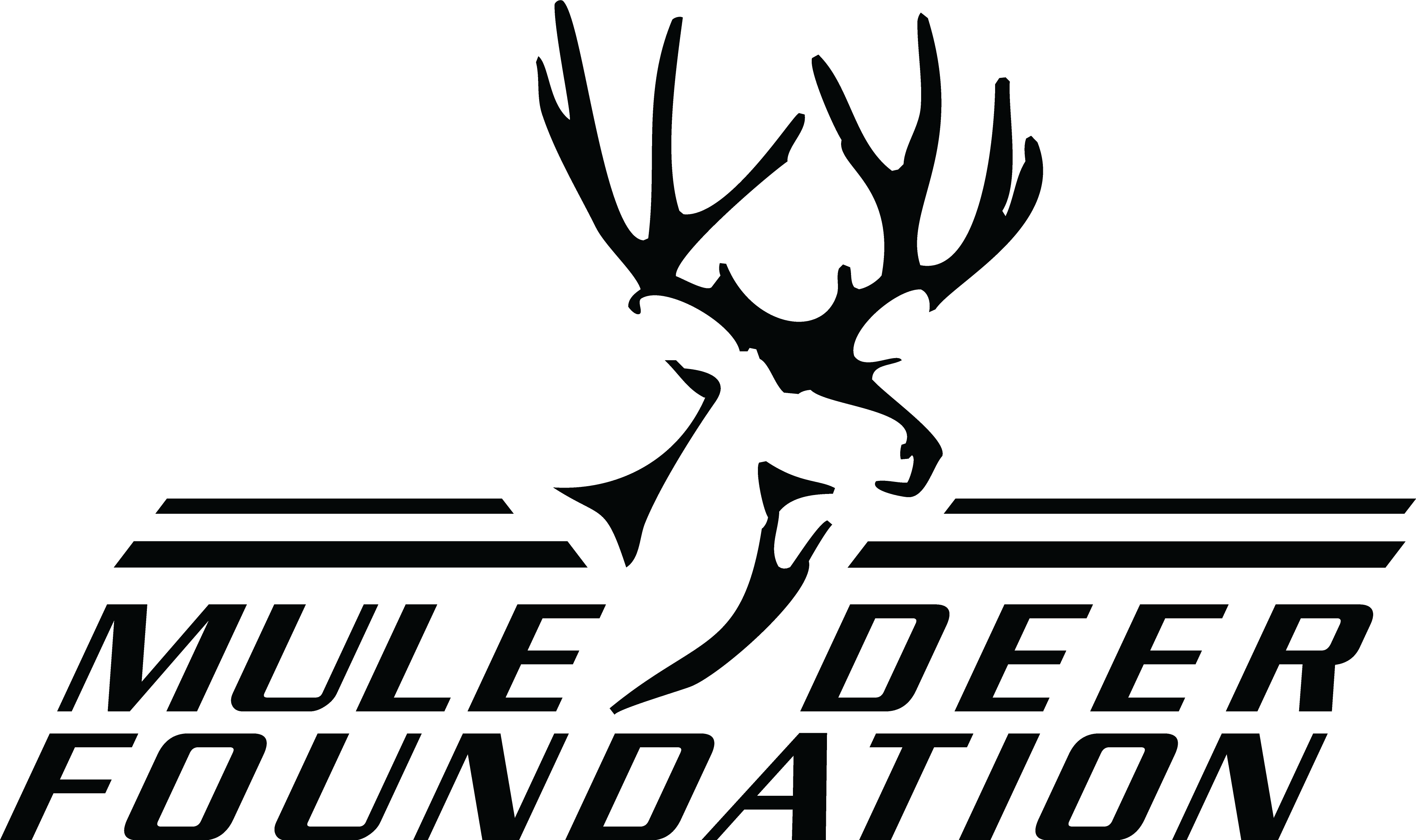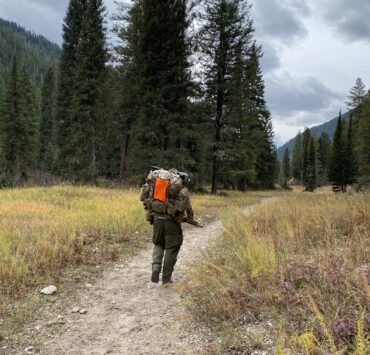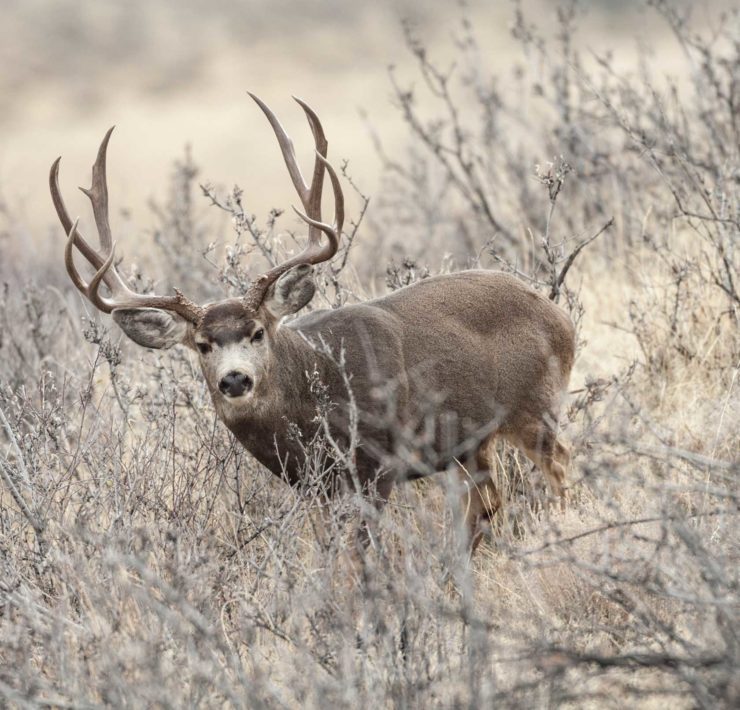Understanding Mule Deer Migration Corridors and How to Hunt Them

By: Trevor Hubbs
Few things in the West are as impressive as mule deer on the move. Each year, herds travel miles between summer and winter ranges, navigating rugged mountains, valleys, and human development along the way. These seasonal highways, known as migration corridors are critical to mule deer survival, and for hunters, they also present unique opportunities.
What Are Migration Corridors?
Migration corridors are the routes mule deer use to move between seasonal ranges. They often follow the same paths generation after generation, guided by instinct, habitat features, and learned behavior. These corridors:
- Provide access to food and water as seasons shift.
- Offer cover and safety during long-distance movements.
- Keep herds healthy by connecting summer nutrition in the high country with sheltered winter ranges below.
When corridors are blocked by highways, fencing, or habitat loss deer survival declines. That’s why understanding them matters not just for conservation, but also for hunters.
How Mule Deer Use Corridors
- Timing: Mule deer often migrate in response to snow depth, forage availability, or daylight length. Movements can begin as early as September or as late as December.
- Stopover Areas: Along the way, deer may pause in transition zones for days or weeks, feeding and resting before continuing their journey.
- Consistency: Many herds follow the same corridor annually, sometimes down to the same ridgelines, creek bottoms, or saddles.
Hunting Strategies in Migration Corridors
1. Scout the Funnel Points
- Look for narrow passes, saddles, and creek bottoms where corridors pinch down. These spots concentrate deer movement and are ideal ambush locations.
2. Watch the Weather
- Snow depth and storms drive migration. When the high country gets hammered, deer start moving. Be ready to hunt lower elevations after major weather events.
3. Time the Hunt Right
- Early-season rifle hunters may find deer still in high basins.
- Late-season hunters should key in on migration timing, as bucks often trail does during the rut while moving down corridors.
4. Use Patience and Optics
- Migration hunts often involve long glassing sessions. Bucks can appear suddenly, traveling behind groups of does or pushing through at odd hours.
5. Respect the Movement
- Mule deer on migration are already under stress. Smart hunters avoid over-pressuring a single corridor, instead spreading out and hunting with restraint.
Conservation Connection: Why Corridors Matter
For the Mule Deer Foundation, migration corridors are at the heart of conservation. Protecting and restoring these pathways ensures herds can survive the harshest winters and return to the high country each summer. MDF is actively involved in:
- Habitat Restoration: Improving stopover areas with better forage and cover.
- Highway Crossings: Partnering on overpasses and underpasses that allow safe passage.
- Policy and Planning: Advocating with state and federal agencies to prioritize migration in land-use decisions.
Closing Thoughts
For hunters, migration corridors provide some of the most exciting opportunities of the season whether glassing a line of deer drifting through a saddle or watching a buck slip behind a band of does headed to lower country. But those opportunities only exist if corridors remain intact.
By learning to hunt them effectively and supporting MDF’s conservation work, hunters can enjoy migration hunts today while ensuring herds keep moving for generations to come.
Good Luck!
As always, good luck this fall everyone and remember to send any success pictures or stories from the field to [email protected] and you could be featured on our website or in our magazine. If this article or any of our articles have helped you become a better hunter or conservation steward, consider becoming a member of the Mule Deer Foundation for only $35 dollars a year. Click here to join: https://muledeer.org/product-category/membership/
Trevor Hubbs

Trevor is the Communications Manager and Editor for the Mule Deer Foundation and Blacktail Deer Foundation. He grew up hunting and fishing the Ozark Mountains for quail, ducks, and bucks. Now he ventures west for mule deer as often as possible.





